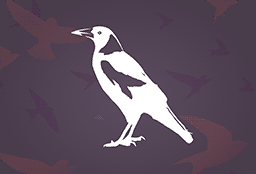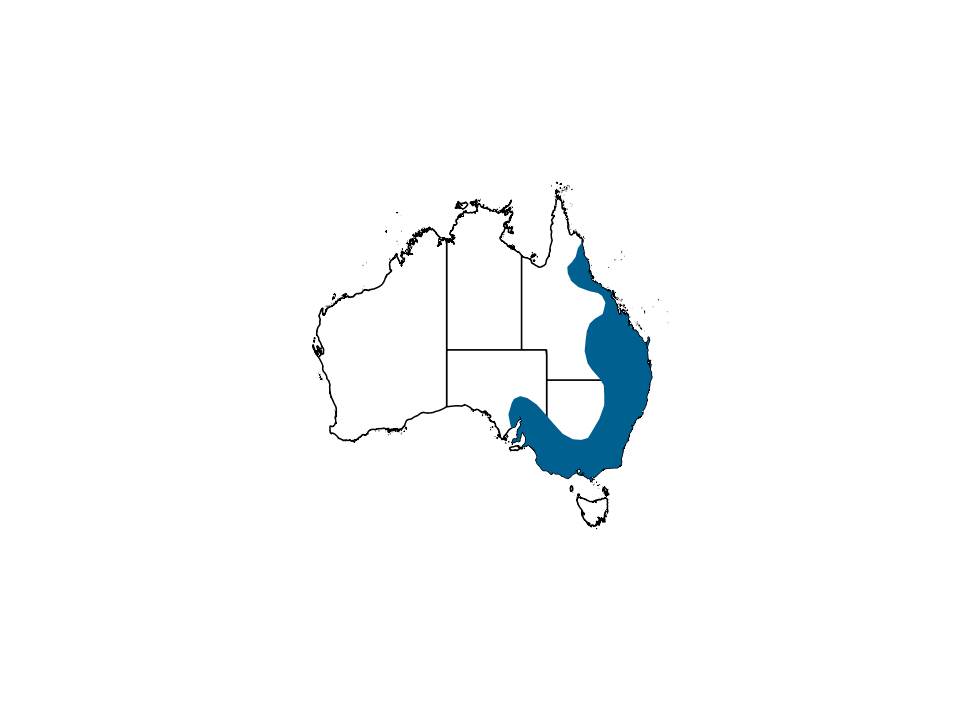Size
15 - 17.5 cm
Behaviour
Call
A loud, cheerful series of 'chick-up' notes.
Diet
Nectar, pollen, fruit, seeds, insects, lerps and honeydew. It forages at the flowers and among the foliage of trees and shrubs.
Movement
A partial migrant with regular movements to and from south-eastern Australia. Large flocks can be seen moving north in autumn and south in spring.
Breeding
The female builds a neat nest, usually woven from grass and often bound with spider webs, but may also incorporate bark, lichen and plant stems, and placed in the understory of forests, usually in shrubs or small trees. Two to three eggs are laid, and these are incubated by the female for 14 days. Both parents feed the young and actively defend their territory during the breeding season. Its nest is sometimes parasitised by cuckoos.
Field Guide
Improve your identification skills. Download your Yellow-faced Honeyeater field guide here!





